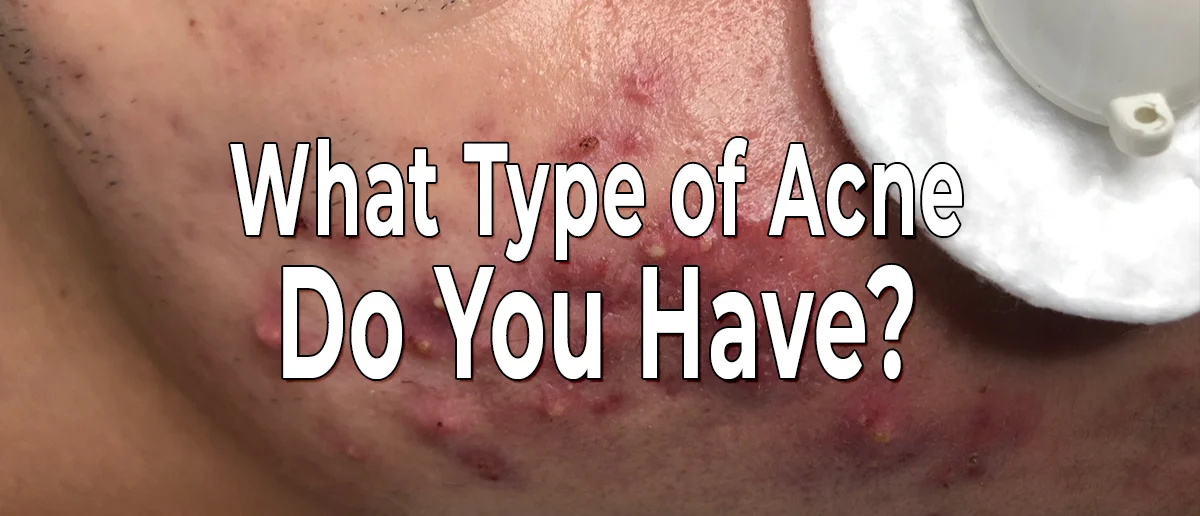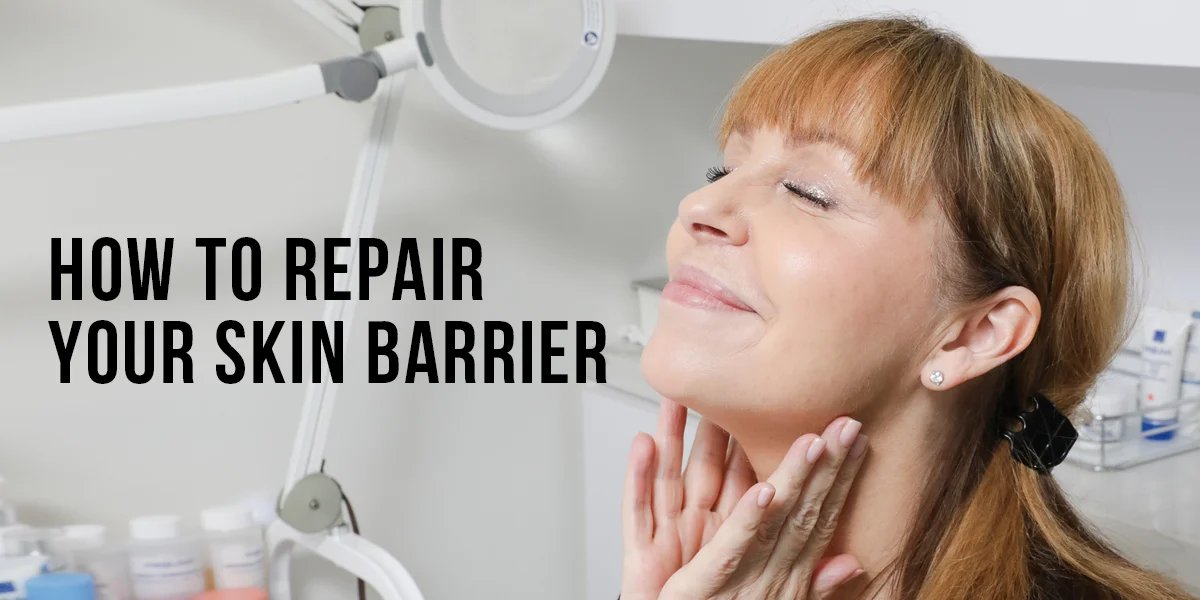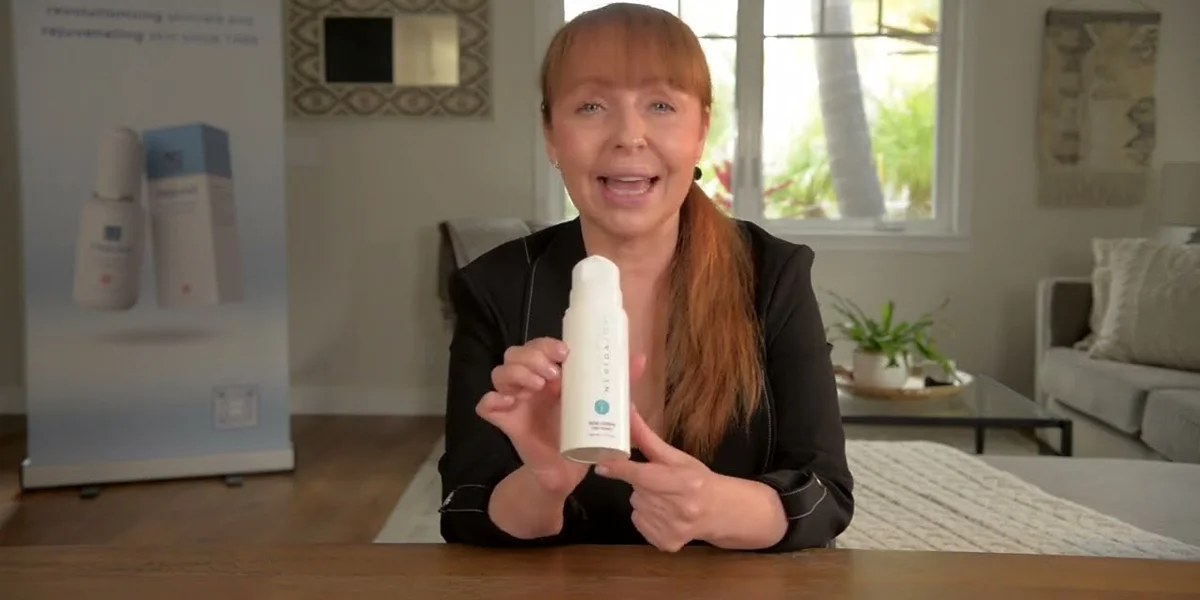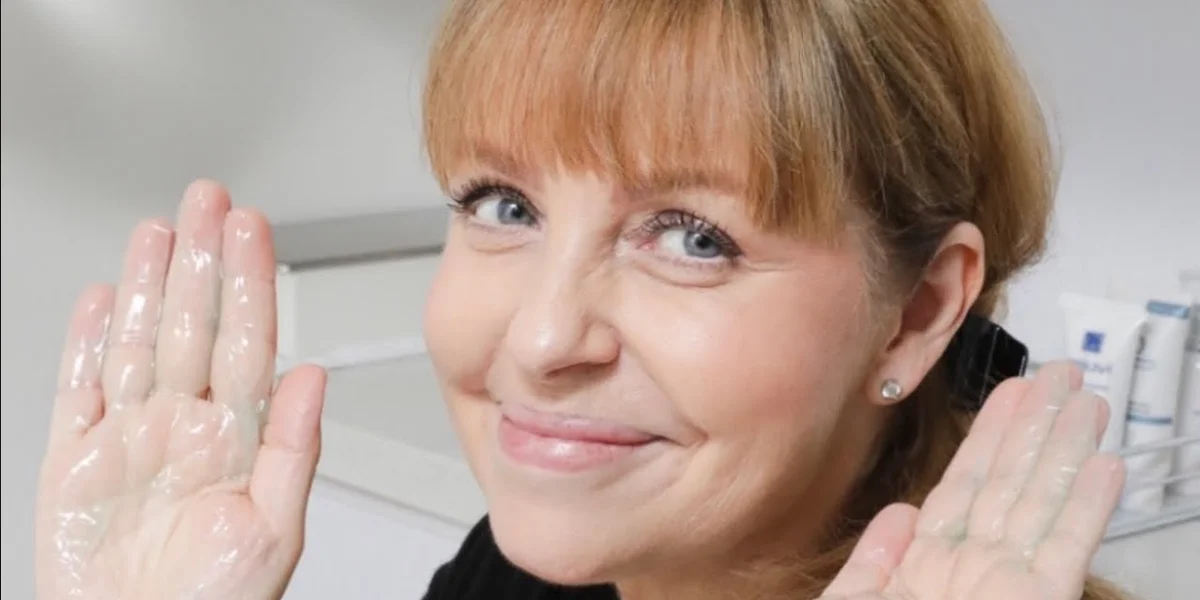Food-related congestion
Food-related congestion presents as bumps under the skin that are deeper and harder to extract than the whiteheads that come from not cleansing properly. They’re typically caused by the body’s reaction to common acne triggers in the diet: dairy, gluten, egg yolks, soy milk, fish oils or peanuts. And because the skin is our largest organ of elimination, they’ll often show up before we notice any other symptoms. You’ll usually see them first in the mid-cheek area, and they will then spread down to the lower cheek, the jawline and onto the neck.
How to treat it
Skin analysis is key here. If you think you have food-related congestion, a consultation with a nutritionist or a health practitioner can be helpful in pinpointing its cause and advising you on. limiting or cutting out the congestion-causing food.
Congested bumps and whiteheads
This type of acne is felt more on the surface than the deeper bumps caused by food-related congestion. The whiteheads are more easily extracted and can be found anywhere on the face.
Bumps of this kind are a sign that you may be using the wrong cleanser for your skin type, or not cleansing thoroughly or often enough, leading to the build-up of dirt and grime, make-up and sunblock. Sweat left on the skin and excessive touching of the face can also be factors.
How to treat them
Thorough extractions will help with the immediate issue, but it’s important to make sure you’re cleansing properly. Cleansing is 50% of a successful skin care regimen, so you have to commit to being thorough and consistent if you want to see a change in your skin. Choose a good, non-foaming cleanser that will lift away daily grime and make-up without drying your skin. Cleansing once in the morning and twice at night helps your skin stay balanced and oil and congestion from getting trapped inside.
Hormonal cystic acne and nodules
Hormonal acne is always painful to the touch. These stubborn bursts of large nodules across the face, neck, chest or back are incredibly common at all ages and caused by hormonal imbalances in the body that may be made worse by certain foods, medications, lifestyle choices and stress.
How to treat it
A facial focused on cleansing and exfoliating the skin is a good place to start. Professional extractions are not always possible if the nodules are very deep, so you may need to see your esthetician every two to four weeks until the active acne is minimized and under control. You can soothe the skin and calm the infection by icing or applying cryo sticks to the inflamed areas.
Make sure you’re also being consistent with your cleansing regimen at home, and try adding an AHA or retinoid to your regimen to help soothe inflammation and disperse the deep infection, plus a healing and calming serum or moisturizer so the skin can heal quickly.
Pimples: pustules and papules
Unlike hormonal acne, papules are a build-up of infection that is not painful. They will eventually develop a white head, which is when they become pustules. They are often caused by excess oil and can also be seen with rosacea, dermatitis or inflammation in the body that shows as irritation or ruddiness on the skin. While they frequently appear in the T-zone, they can be seen anywhere on the face.
How to treat them
Good cleansing and exfoliation are important, both in the treatment room and with your homecare regimen. Choose products with BHA or AHAs, which offer good exfoliation while also killing bacteria.
It’s important that your skin can ‘breathe’, so don’t wear close-fitting hats such as baseball caps and avoid comedogenic skincare products, make-up and thick hair treatments. Because the infection is very easy to spread, be careful not to break open the pimples by picking at them or if you shave.
Blackheads
Blackheads are caused by overactive sebaceous glands. On an oily skin type, you’ll find them covering the whole face: cheeks, forehead, chin, nose and even inside the ears. They’re more likely to be found mainly in the T-zone on a combination/oily skin, while a combination/dry skin may have just a few blackheads, mostly on the nose and chin rather than the forehead or cheeks. A dry skin type will have no blackheads at all.
How to treat them
To lift blackheads out of the pores, you need an exfoliant that will absorb dead skin cells. AHAs and BHAs are great for that, as are papaya and pineapple enzymes. Another fantastic ingredient for cleaning out the pores and reducing congestion is shagbark hickory, which is gentle on even the most sensitive skins.








